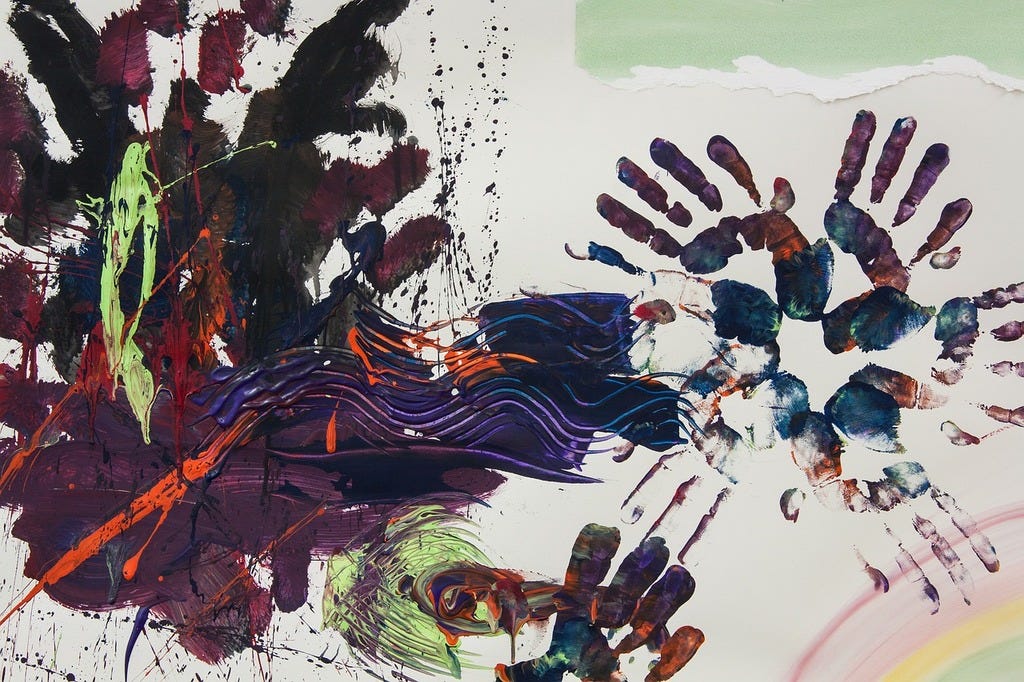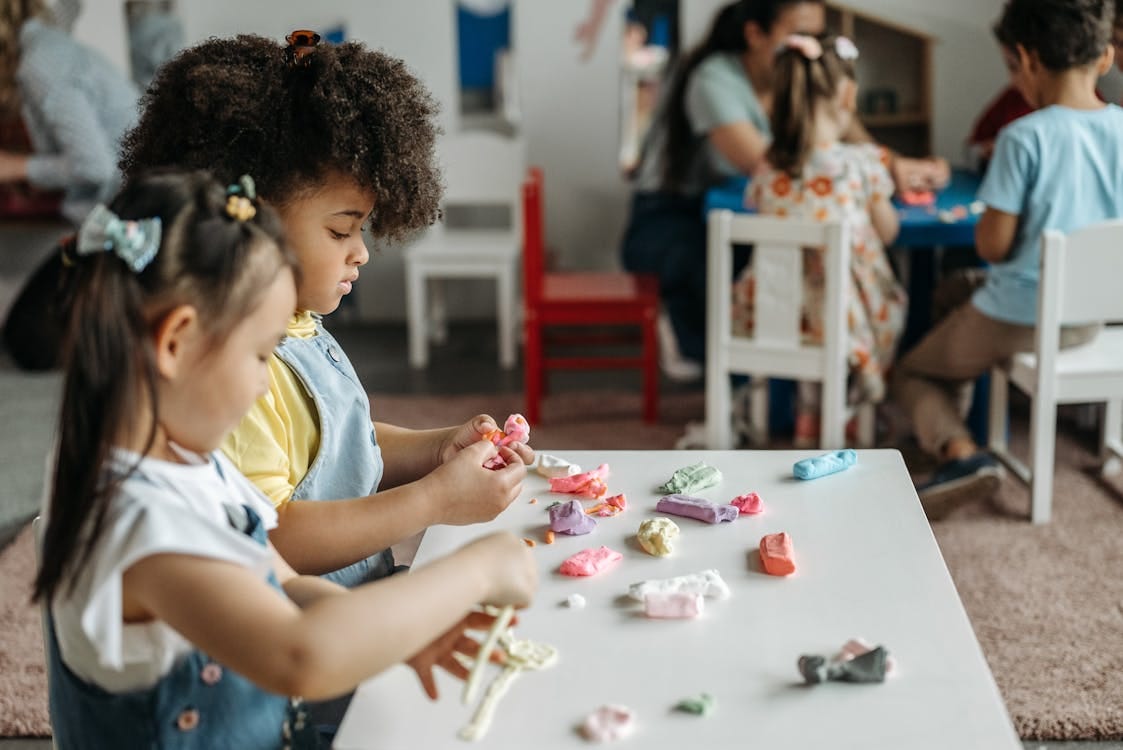Coaching young people with emotional challenges through the arts
Why not?
Traditional talking-based approaches have their place in coaching and therapy, undisputedly. However, as practitioners, we need other ways to communicate if we want to reach younger people, and not just be accessible to adults. Talking-based approaches may be ineffective in coaching children, especially when addressing emotionally-based issues. Children, particularly younger ones, may lack the verbal skills or emotional vocabulary to express their feelings adequately but may come across as having high comprehension—this creates a multi-faceted barrier to building an effective alliance between practitioner and client. Even teenagers might struggle, despite being much more developed cognitively, to have an adequate emotional vocabulary to explain their inner world to you—their brains are still developing, and doing so in ways that are inhibiting their self-control. Moreover, both groups can feel resistant to, or uncomfortable with, discussing their emotions—especially with adults they perceive as authority figures.
Quite aside from this, young people may struggle to articulate their emotions due to developmental factors or cultural norms that discourage emotional expression. In my practice, I have found in many cases they are not aware of their feelings nor do they understand the underlying causes of their emotions. Furthermore, children may find it challenging to open up about sensitive or distressing topics in a traditional talking-based setting, fearing judgment, rejection, or misunderstanding. This can hinder the process, preventing young people from fully exploring and addressing their emotional issues.
As a result, attempting to engage young people in purely verbal discussions about their emotions may lead to frustration, resistance, or disengagement—on both sides.
What is the alternative?
In a world where emotions run high, understanding them can be a challenging task for both young people and adults alike. The arts offer a unique and powerful avenue for coaching children through emotionally-based issues. If you are thinking of practising in this modality—whether by using painting, drawing, music, drama, puppetry or other forms of artistic expression—you should first understand what your ‘icks’ are as a practitioner, where they come from, and whether they are showing up in your clinical space. The arts can provide a safe space for young people to explore, express, and make sense of their feelings. For that reason, you must explore your issues with these approaches through training, supervision and personal reflections.
That being said, let's delve into how we can leverage the arts to help young people navigate their emotional landscapes effectively.
So how does it work?
Art can provide a non-verbal medium for young people, allowing them to express complex emotions that they may struggle to articulate verbally—whether because of how difficult they feel to speak into existence, or how difficult they are to explain. Drawing, painting, or sculpting, as examples, can all enable young people to put their emotions out into the world, enabling them to externalise their feelings, and allowing them to process and understand them better. Encouraging children to express themselves through art can help them release pent-up emotions, leading to a sense of relief and catharsis.
The arts foster creativity and imagination, allowing young people to explore their emotions in imaginative ways, divorced from the logic that they might be pushed towards when explored in purely verbal ways. Through storytelling, role-playing, movement, or creative writing, young people can step into different perspectives and scenarios, gaining insights into their own emotions and those of others. If, as practitioners, we can encourage young people to engage in this type of play and expression, we can get past the first step to help them develop coping strategies and problem-solving skills that they can apply to real-life situations.
Engaging in the arts can boost a young person's self-confidence and self-awareness. Their creation, whatever it is, coming to life can widen their understanding. As part of a coaching or a therapeutic relationship, the physical creations that are made are also a wonderful way to retrace a journey from its start to its completion —reminding them of where they started and where they are, how they have changed and increased their awareness. As part of your practice, you might also develop creative ways to measure emotional well-being along the journey you co-create with your young client.
Engaging in artistic activities can promote mindfulness and emotional regulation by encouraging children to focus on the present moment and connect with their feelings. Whether it's through mindful colouring, breathing exercises, or guided visualisation, the arts offer techniques for children to calm their minds and bodies, reducing stress and anxiety. Coaches can incorporate mindfulness practices into artistic sessions, teaching children to recognise their emotional triggers and develop coping strategies to manage them effectively.
Can you help me?
Absolutely! I take an integrative, varied, holistic approach to coaching and am happy to adjust my approach to the age of my client, and use materials appropriate to their interests and the goals or presenting challenges.
Please get in touch:
Final thoughts
Coaches and counsellors can help children recognise their strengths and areas for growth, empowering them to navigate their emotions more effectively —this can be furthered through engaging with their creations, paraphrasing and encouraging them to explore their creations concerning their emotional journey.
The arts offer a rich and diverse toolkit for supporting young people through emotionally-based issues. There are many avenues for expression, creativity, self-discovery, and connection. By harnessing the power of art, we can empower younger clients to navigate their emotional challenges with resilience, confidence, and compassion. As growing practitioners, let us be adventurous in exploring the intersection of art and coaching, embracing the transformative potential of the arts in supporting young people’s emotional well-being.
Did you like this post? Think you have a friend who might want to read it?
Make sure you don’t miss any of my other posts:
This article was originally posted on Freedom from Tedium as a guest post. Freedom from Tedium is a business support agency that supports neurodivergent business owners, run by Anita Davies, a fellow ADHD Coach.




